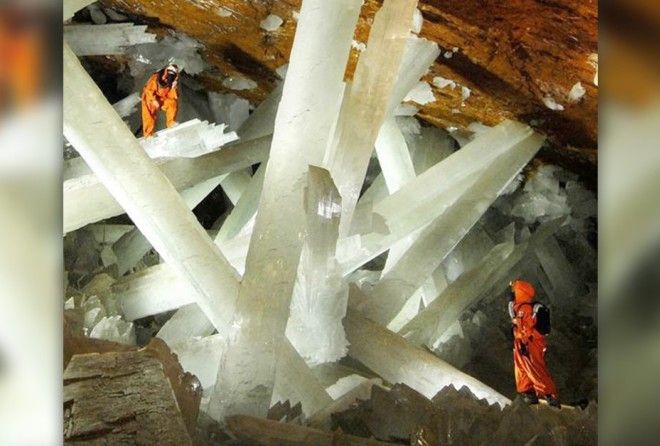They were just paper circles! So many things in our world seem like they couldn't possibly be real when you really, really think about them.
But they are!
Blue whales do not seem real.

If someone told you that the largest animal on a planet only eats some of the smallest animals on that planet by filtering them through their mouth and sings beautiful underwater songs, you would probably say that was something a terrible science fiction writer made up and that they need to write another draft with a more believable beast.
But blue whales are 100% real!
Blue whales are not only the largest animal on earth, they are the largest animal that’s ever been on earth.

They can grow up to 100 feet long, about the length of three school buses.
They are bigger than a T-Rex, bigger than a brachiosaurus, probably bigger than the Loch Ness Monster, but that’s TBD.
Blue whales are so big, their hearts are the size of a small car and a child could crawl through their aorta.
And yet, they eat plankton, microscopic organisms that float around in seawater.
Viruses are not exactly alive, but they can take over your cells and command them to produce new products.

You’ve probably heard of a virus before, it’s that tiny thing that gets inside your body and makes you sick.
But what exactly is a virus?
You’ve probably never really thought much about it before, except that you definitely don’t want one (especially the throw-up ones) but once you know, you honestly are going to question if they are real.
A virus is genetic material, surrounded by protein, that can only reproduce inside of another living thing's cells.
Basically, a virus is just a single piece of DNA or RNA and it wants to make more of itself, but it doesn’t have the ability to get freaky with another single strand of DNA. (There’s no Tinder for viruses, unfortunately).
Instead, it gets inside a cell of a living organism like a plant, or animal, or person, and it tells that cell to stop producing whatever it was busy producing before and instead to only produce more of the viruses’ genetic material.
A viruses hijacks your cells.
So next time you get sick with norovirus or herpes or rabies, try not to freak out when you remember that a foreign strand of genetic material has literally taken over your body and forced it to do it’s bidding.
Human beings have been to the moon. TO THE MOON.
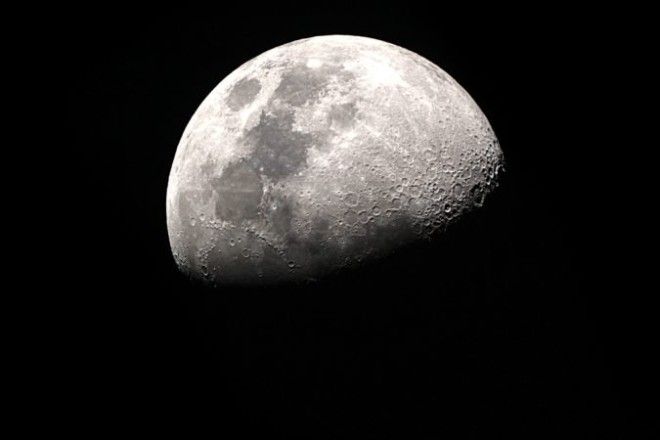
On July 20, 1969, the USA was the first country to send astronauts to the moon.
They got out of the spacecraft and walked on the surface of the moon, a celestial body 238,900 miles away from the Earth where there is no oxygen, 83% less gravity than Earth, and oh yeah, IS THE MOON.
We went to the moon before we invented luggage with wheels.
The fact that we were able to blast human beings out of the earth’s atmosphere, into space, and then send their spacecraft in the right direction and touch down on the moon is already mind-blowing, but what’s even crazier is that we did this all before much of the technology we have today even existed.
There was no internet, no cell phones. Doorknobs had only been invented for less than a hundred years when we went to the moon. It’s insane.
In 1990, $500 million dollars worth of art was stolen from the Isabella Stewart Gardner Museum in Boston.

The largest art theft in history sounds like it came right out of a Hollywood movie, but it didn’t.
In the early morning of March 18, 1990, two men dressed as police officers entered the museum and said they were responding to a disturbance call.
The guards let them in. The thieves then handcuffed the guards and tied them up in the basement of the museum while they stole six paintings, five sketches, an urn, and a bronze eagle.
The thieves were never caught, and the art has never been recovered.
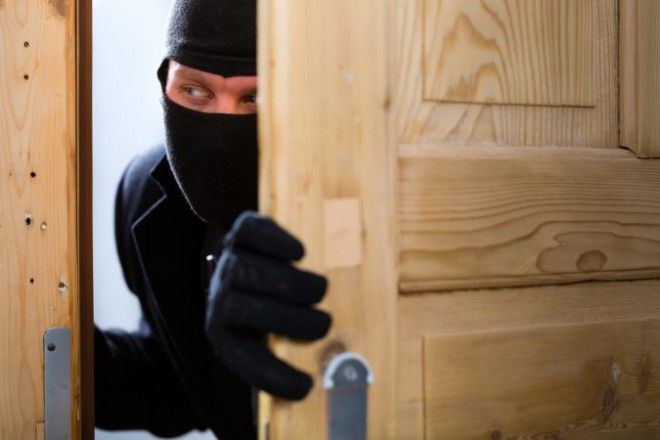
The stolen pieces included art by Degas, Vermeer, and Rembrandt.
Strangely, the thieves didn’t seem to know much about art.
While the pieces they stole were valuable, they were not the most valuable pieces in the museum.
There is a cave in Mexico that grows crystals so large a human can sit on them.
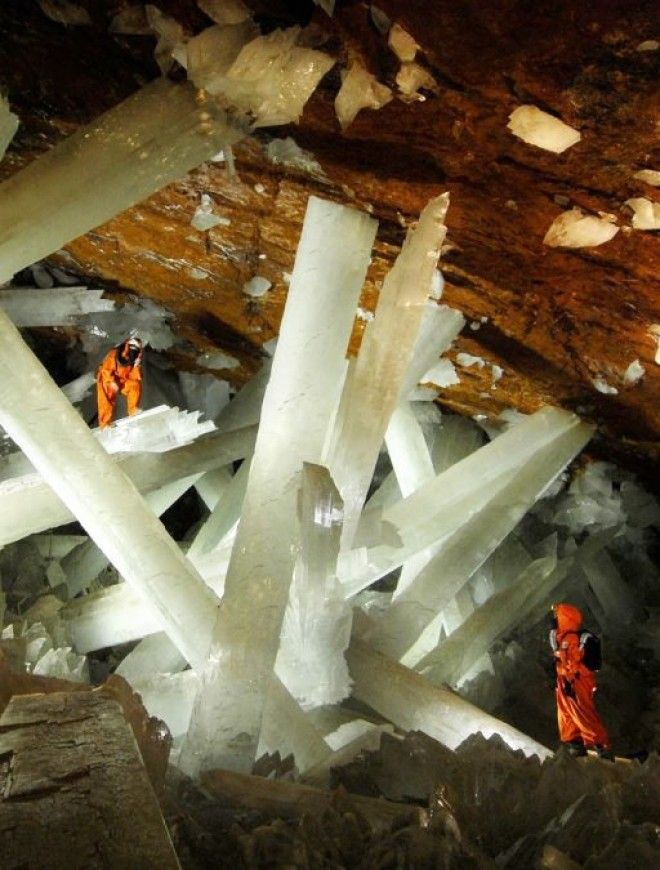
The Naica Mine in Mexico houses the largest crystals in the world.
The cave hosts gypsum crystals that can be up to 50 feet tall and four feet wide.
Located 1,000 feet below the surface, the giant crystals were formed by hydrothermal fluids from magma chambers above.
Even though the crystal caves are amazing, you probably don't want to go in them.

The temperature inside the caves is about 135 degrees F with 99% humidity, humans would suffocate if they were in the cave for too long.
And some have, the caves are closed to the public because a mine worker suffocated while attempting to steal some of the crystals.
Scientists who have explored the caves had to wear air-conditioned suits.
The Bubonic Plague was a disease so intense it killed about one third of the earth's population.

From 1347 to 1351, the Bubonic Plague swept Europe.
The world population went down from about 450 million to about 350 million and it took 200 years for the population to reach 450 million again.
The disease spread by fleas on the backs of rats and once someone caught it from a flea bite, they would likely die in three to seven days.
Strangely, the plague wasn't all bad, though.
At least not for the people who survived it.
Before the plague, Europe was overpopulated and people were constantly competing for resources. But after the plague, life became much less stressful, at least from an economic perspective.
Workers were paid more for their labor since there were fewer people to do it and living conditions improved without overcrowding.
So, as long as you didn’t think too much about all your dead friends and family members, you could at least enjoy your bigger apartment and hefty new salary.
Do you even know how weird platypuses are?

If you were going down the list of things that make animals birds, you might think platypuses were a type of aquatic bird: has a bill? Checks out. Lays eggs? Yup. Spends most of its time in the water? Alright. Webbed feet? It’s like, definitely a bird.
But wait, it also has fur and feeds its babies milk. That sounds more like a mammal.
But also, surprise: it’s venomous! Like a reptile.
So… what exactly is a platypus?
If you're confused, you're not alone.
In 1799, when Europeans brought a platypus back to Europe from Australia, people thought it was a hoax.
British scientists thought, not unreasonably, that the specimen had been sewed together from parts of other animals. But it wasn’t, platypuses are 100% real and 100% insane.
Platypuses, along with echidnas, are the only mammals that lay eggs. And are one of only a few mammals that are venomous (vampire bats and shrews are the others).
Basically, platypuses march to their own beat and don’t follow anyone’s rules: they are the only member of their family and genus.
Beneath Odessa, Ukraine there are over 2,500 kilometers of winding, unmapped catacombs, three stories deep.
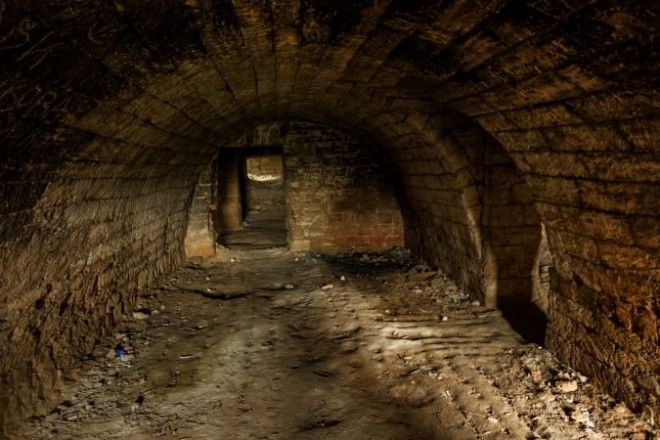
It seems like something out of a horror movie, but the Odessa Catacombs are real and the largest catacomb system in the world.
The catacombs are far larger and more complex than any other catacombs, the Paris catacombs come in at 500 kilometers and Rome at only 300.
They are so large that nobody has ever actually completely mapped the labyrinth of rooms.
The catacombs were built in the 1800s as mines and were later converted to hideouts for smugglers.

These days, people rarely go down alone, groups often explore together and keep detailed records so they don’t get lost. People have been known to get lost in the system and die of dehydration before they ever find their way out.
A Reddit post in 2009 claimed to show the body of a student who was partying with her friends in the catacombs got drunk, wandered off, and was never able to find her way out.
Immortal jellyfish exist.

Turritopsis dohrnii, a species of jellyfish found in the Mediterranean Sea and in the waters off Japan technically can’t die.
It has the ability to go from fully mature jellyfish, back into a polyp state if it undergoes stress. Which means it grows up, lives it’s jellyfish life, and then just goes back to being a baby jellyfish again, without all the pesky death stuff.
They aren't actually immortal, though.
While the jellyfish can continue to live forever if nothing goes wrong, they can die.
Even the immortal jellyfish is not immune to being eaten by another sea creature or dried up on the sand by a particularly splashy wave.
When you think about it, hibernation is insane.

We all know about hibernation, you learn in first grade that some animals go into a deep sleep during the winter in order to conserve energy and resources. But really think about hibernation. Do you know what it is? It’s not just a long nap. Hibernation is when an animal actually puts itself into suspended animation: it’s heart rate slows down, it’s body temperature drops significantly, it’s breathing slows and it suspenses the need for food, urination, or bowel movements. This can last for months.
We've all heard that bears hibernate, but they are actually not true hibernators.

Surprise: the one fact you know about bears is actually incorrect. Bears almost hibernate, they do the fun parts, basically. They store up fat and sleep for long periods of time in the winter (sign me up), but they don’t actually hibernate because their body temperature remains the same and they do wake up from time to time. Bears actually go into what’s called torpor, not hibernation. Real hibernators are mostly small rodents like squirrels, mice, and bats. They cannot be woken up during hibernation and their body temperatures can drop below freezing. Some animals even give birth while hibernating and then just meet their new kids when they get up. It sounds like something out of a futuristic novel, but it’s real!
There is a completely pink lake in Australia.

Lake Hillier is Western Australia is completely, 100% bubblegum pink. That color you see in the photo above is real and it looks like that all year round. Scientists are not completely sure what causes the lake to look like it’s filled with Bazooka Joe, but they think it’s a combination of the algae that lives in the lake, bacteria, and a high salt content.
Lake Hillier isn't the only pink lake in the world.
There is another called Pink Lake nearby in Western Australia and one in Senegal called Lake Retba. But it is the only one that stays that vibrant pink color all year round. Another crazy fact: if you bottle the water, it stays pink!
This lake looks more like the results of an Instagram filter than real life. It would definitely be a millenial pink mecca full of sunglassed girls on inflatable pineapples, if only tourists were allowed there.
Identical twins are a thing humans beings can produce.

You probably know at least one set of identical twins and, be honest, you are probably a little fascinated by them. How strange is it that there can be two people walking around who look exactly alike? Identical twins happen when a woman’s egg splits into two embryos after fertilization, so essentially at one point identical twins were going to be just one person, but then their egg split, creating two identical people. It’s wild!
But what's even crazier is that the egg can split even more and create identical multiples beyond just twins.

Nobody is quite sure why eggs split to form identical twins, although it’s actually pretty common. It’s estimated that 12% of conceptions actually start off as a set of identical twins, but fairly early on one of the split embryos is absorbed by the body and never fully forms into a fetus, resulting in a single birth. Sometimes, the egg can even split more than just once and there can be sets of identical triplets, quadruplets, and even quintuplets!
The Dionne Quintuplets are the only known set of identical quadruplets to survive infancy.

Born in Canada in 1934, the five identical girls all lived into adulthood. But it wasn’t a great life. At four months old they were taken from their parents and raised in a compound where they were studied until they turned 18. They even had an outdoor playground that was used as an observation area for tourists to get a glimpse of the girls.
Cats domesticated themselves.
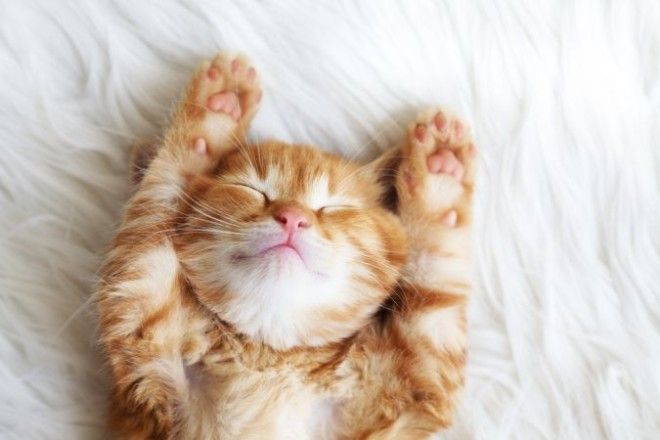
You might have a little ball of fur purring on your lap as you read this, but don’t be fooled: cats are not actually technically domesticated animals. Domesticated refers to the process of taming wild animals and then breeding them selectively so that they can live with humans and no longer have the ability to live in the wild. We did it with dogs, we did it with cows, we did it with goats, and sheep and pigs.
But, um, we never asked for cats.
Cats just took it upon themselves to live among humans. They noticed we had warm houses and barns filled with mice and we were willing to share our food and so they just said, “Ok, this stuff is ours now, thanks humans” and never left. If you’ve ever owned a cat, honestly, this probably doesn’t come as a surprise. While many individual cats depend on humans for food and care, as a species cats are not entirely dependant on humans to survive. Feral cats are genetically identical to house cats, but they are born in the wild and can live their entire life without human intervention. But you should never abandon a cat. Once a cat has lived with humans, it can’t go back to being wild.
Cats just grace us with their presence in exchange for kibble and a warm bed and we, their human slaves, give it to them and make them internet famous. They’ve got it figured out.
Drive through liquor stores are very, very real.

It seems incredibly contradictory but drive-through liquor stores are not only real, they are actually pretty common in the United States.
States like Texas, North Carolina, Louisiana, and Wisconsin all have stores where you can pick up some booze without ever having to get out of your car. Australia has them, too!
You'd think it was a bad idea to sell booze to people who are already in the process of driving, but hey, why not.

Theoretically the idea is that you’re not going to be drinking the alcohol in the car. Drive through liquor stores don’t just sell single drinks to the driver like you’re getting a milkshake at McDonalds, they sell six packs and bottles, etc, stuff you’d get at a grocery store or liquor store anyway, just this time you don’t have to actually get out of your car. But it can be pretty jarring to see a sign for Mo’s Drive Through Likker Barn and think, “Wait, what?”.
